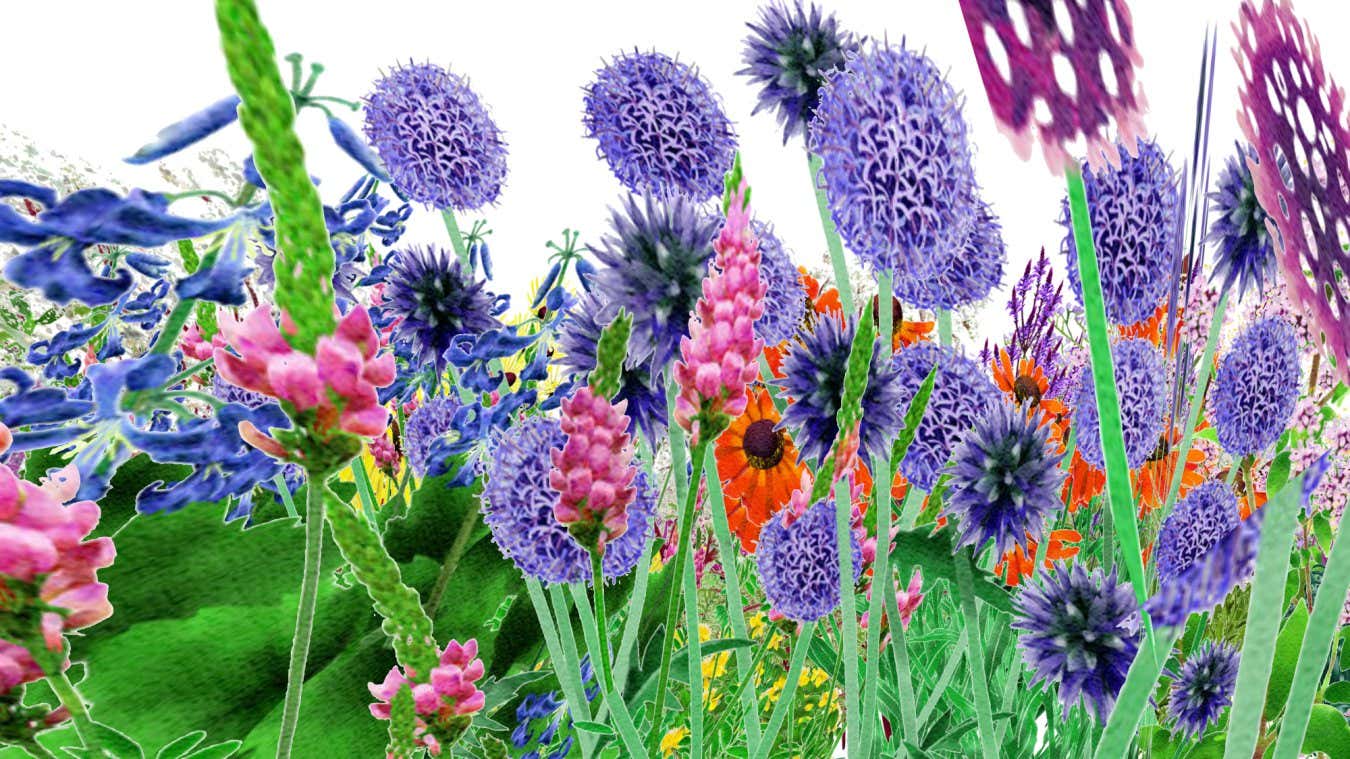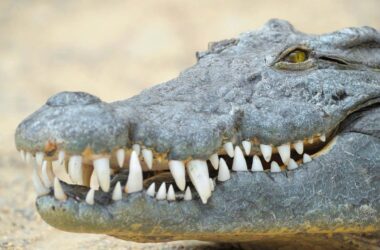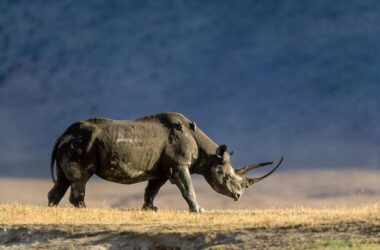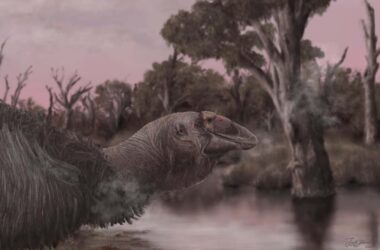The Natural History Museum Berlin is home to a remarkable and unique garden that was designed using an artificial intelligence (AI) algorithm. The garden, known as Pollinator Pathmaker, is specifically created to benefit and protect insect pollinators.
Artist Alexandra Daisy Ginsberg collaborated with experts to develop the Pollinator Pathmaker AI algorithm. Its purpose is to generate garden plans that maximize the presence of different pollinators by carefully selecting plant species and arranging them in specific ways. Ginsberg’s aim is to help slow down the decline of pollinator populations.
According to estimates, about three-quarters of flying insects have disappeared in some areas over the past 30 years, highlighting the urgent need for action to safeguard these essential organisms. By promoting the creation of pollinator-friendly gardens through the use of the algorithm, Ginsberg hopes to inspire people to take part in conservation efforts.
The Natural History Museum Berlin’s Pollinator Pathmaker garden was commissioned by the non-profit group LAS Art Foundation. It serves as both living artwork and a call to action for the public to create their own pollinator-friendly gardens using the designs generated by the algorithm. Once complete, the garden will cover an area of 722 square meters and feature over 7000 plants. It will remain in place until November 2026.
The accompanying images include digital renderings of the garden, created by AI based on Ginsberg’s artwork, to provide a glimpse of its final appearance. Other images showcase the installation process.








